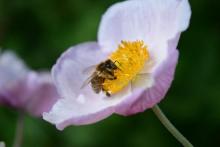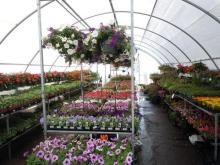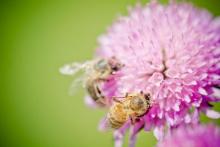How To Make Seed Bombs
The first time I saw a seed bomb it was in a Facebook video. Literally, I’ve been obsessed ever since. They are just the cutest things, so easy to make, and the best way to safely refurbish vacant lots. You can make a bunch of them and toss them in areas that really need more plants without having to worry about someone seeing. Since they decompose on their own, nature will take care of the rest. Unfortunately, you never know what is or isn't private property, so seed bombs are the ultimate discreet way of planting something (without spending much money or leaving any evidence).




